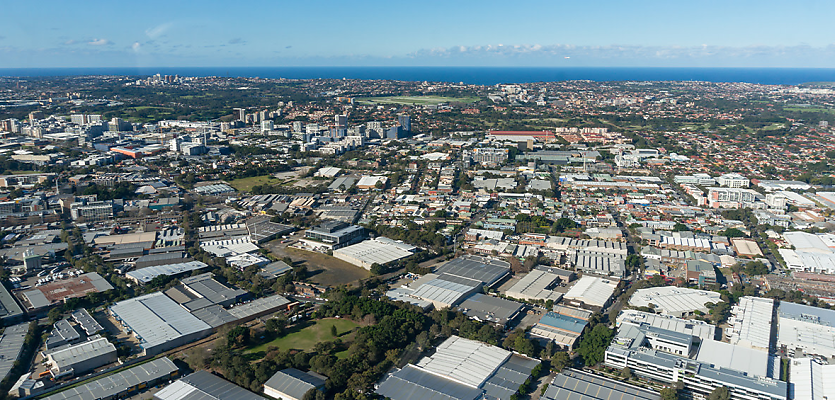Despite commercial investment slowing down in Q2, investors’ appetite for industrial assets in Australia remains strong, while the office sector remains divergent.
In Q2 2025, Australia’s commercial investment volume across all assets dropped by $0.6 billion to $8.2 billion as global trade uncertainty impacted investors’ sentiment.
Knight Frank Chief Economist Ben Burston said that although market activity has slowed, many investors are looking to use their capital to secure assets at discounted prices and position themselves for stronger long-term growth.
“Australia is viewed as less susceptible to the immediate impact of the trade war, and as financial market concerns over the economic impact are allayed, we expect higher levels of activity to resume in the second half of the year,” Burston said.
Knight Frank data showed that the industrial sector continued to grow over Q2 for the fourth consecutive quarter, with values rising by 0.9 per cent.
“The sector has been quick to benefit from recent interest rate cuts, with many investors retaining a strong preference for industrial assets, which is resulting in increasing competition for prime assets in Sydney and Brisbane in particular,” Burston said
Data showed that over Q2, the industrial sector saw the highest investment activity totaling $2.9 billion.
“The industrial sector is the strongest performing in Australia’s commercial property market at the moment and will likely continue to be for the remainder of the year,” Burston said.
While the industrial sector across the country has been performing well, data showed that the office sector remain divergent with investors exceeding the market.
Knight Frank data showed that nationwide investors’ sentiment on the office sector varies from location with only Sydney, Brisbane and Adelaide seeing a rise in value while Melbourne, Canberra and Perth further declined.
Burston said the divergence between cities is also mirrored in assets performance with premium and A grade offices outperforming B grade assets.
Despite investors moving away from office assets in the majority of the country, Burston said values for core office buildings have been expected to rise driven by strengthening rental growth and an expected sharpening of yields.
“Besides lower interest rates, the recovery is also being prompted by a growing realisation that the top end of the market is quickly becoming supply constrained.”
For the rest of the year, Burston said the commercial market will continue to gradually recover defined by the strength of the industrial sector, record levels of build-to-rent supply, and the shrinking pipeline of CBD office stock.
“The RBA cash rate is expected to fall to 3% by mid-2026, and these further reductions will strengthen buyer confidence and activity in the commercial property market via a reduction in funding costs,” Burston concluded.
ABOUT THE AUTHOR

Emilie Lauer

Never miss a beat with
Stay across what’s happening in the Australian commercial property market by signing up to receive industry-specific news and policy alerts, agency updates, and insights from reb.
Subscribe to reb Commercial:







You are not authorised to post comments.
Comments will undergo moderation before they get published.